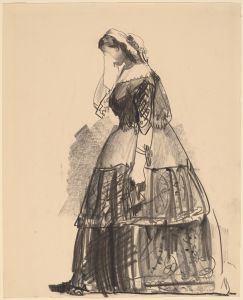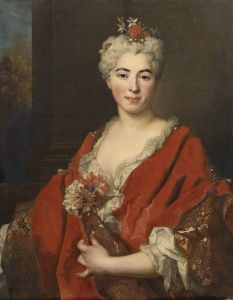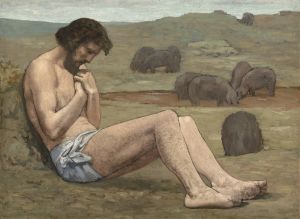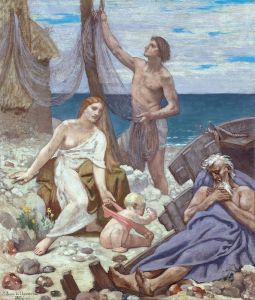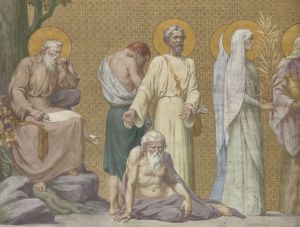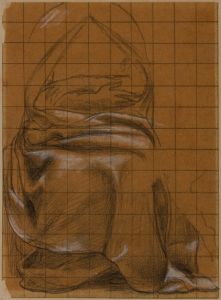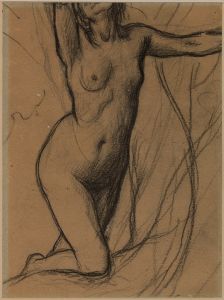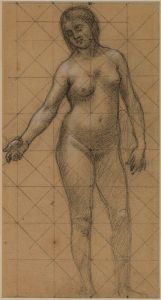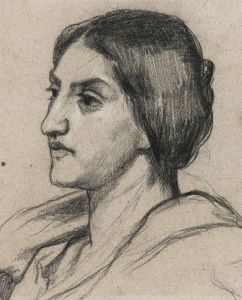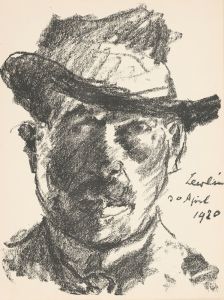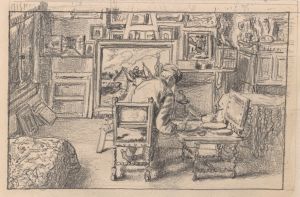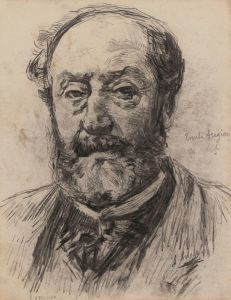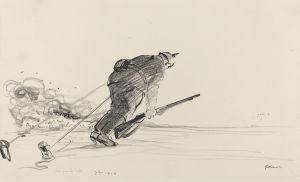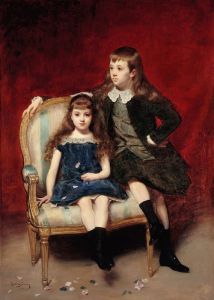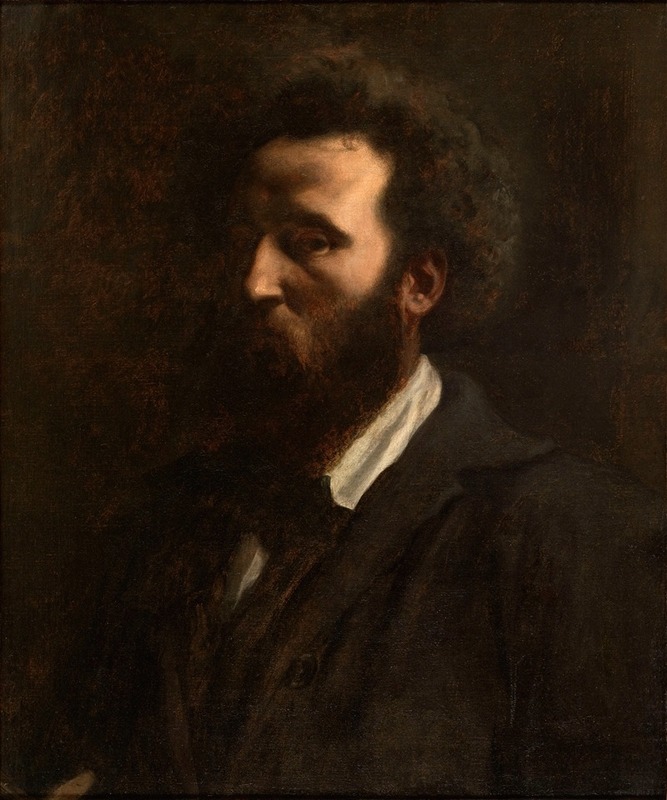
Autoportrait
A hand-painted replica of Pierre Puvis de Chavannes’s masterpiece Autoportrait, meticulously crafted by professional artists to capture the true essence of the original. Each piece is created with museum-quality canvas and rare mineral pigments, carefully painted by experienced artists with delicate brushstrokes and rich, layered colors to perfectly recreate the texture of the original artwork. Unlike machine-printed reproductions, this hand-painted version brings the painting to life, infused with the artist’s emotions and skill in every stroke. Whether for personal collection or home decoration, it instantly elevates the artistic atmosphere of any space.
Pierre Puvis de Chavannes, a prominent French painter of the 19th century, is known for his distinctive style that bridged the gap between traditional academic art and the emerging modernist movements. His work often features allegorical themes and a muted color palette, which became influential for later artists. Among his oeuvre, the "Autoportrait" (Self-Portrait) stands as a significant piece, though it is not as widely discussed or documented as some of his larger, more public works.
The "Autoportrait" by Pierre Puvis de Chavannes is a reflection of the artist's introspective nature and his approach to painting. While specific details about the creation date and the current location of this self-portrait are not extensively documented, it is known that Puvis de Chavannes often painted self-portraits throughout his career. These works provide insight into his self-perception and artistic identity.
Puvis de Chavannes was born on December 14, 1824, in Lyon, France. He initially pursued a career in engineering before turning to art, studying under several artists, including Eugène Delacroix. However, he soon developed his own style, characterized by its simplicity, serenity, and symbolic content. His works often depict idealized, timeless scenes that convey a sense of calm and contemplation.
The "Autoportrait" likely embodies these qualities, presenting Puvis de Chavannes in a manner that reflects his artistic philosophy. His self-portraits are not merely representations of his physical appearance but are also explorations of his inner world and artistic ideals. In his self-portraits, Puvis de Chavannes often employs a subdued color palette, which is a hallmark of his larger body of work. This choice of color reflects his preference for harmony and balance over dramatic contrasts.
Puvis de Chavannes' influence extended beyond his own time, impacting the Symbolist movement and artists such as Georges Seurat and Paul Gauguin. His emphasis on mood and atmosphere, as well as his innovative use of space and composition, resonated with these later artists, who sought to move away from the realism that dominated the 19th century.
While the "Autoportrait" may not be as widely recognized as some of his monumental murals, it remains an important piece for understanding Puvis de Chavannes' approach to art and his self-conception as an artist. His self-portraits offer a personal glimpse into the mind of a painter who was deeply committed to his craft and who sought to convey universal themes through his work.
In summary, Pierre Puvis de Chavannes' "Autoportrait" is a testament to his introspective nature and his contribution to the evolution of modern art. Although specific details about this particular work are limited, it is an integral part of his artistic legacy, reflecting his unique style and philosophical approach to painting.





